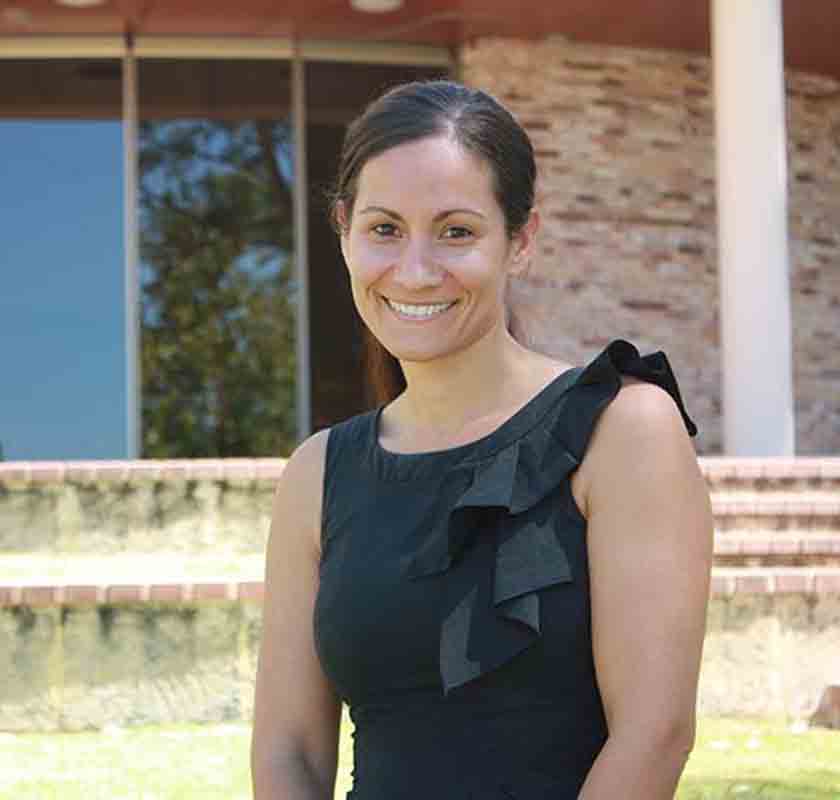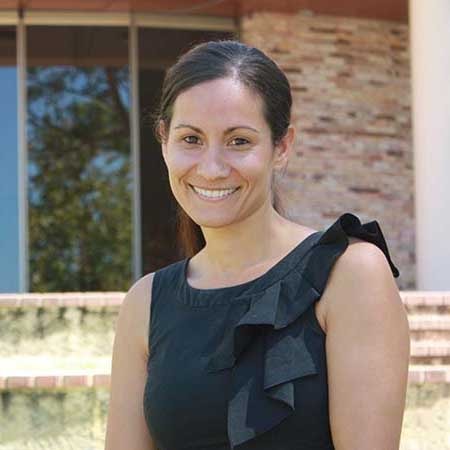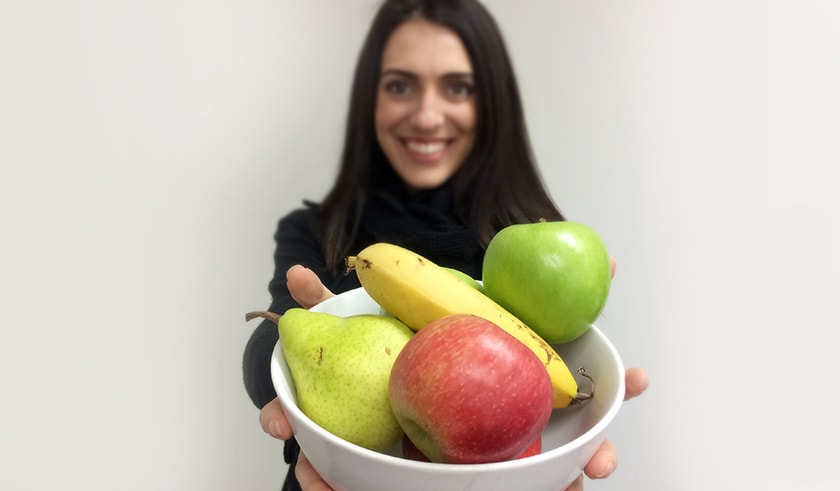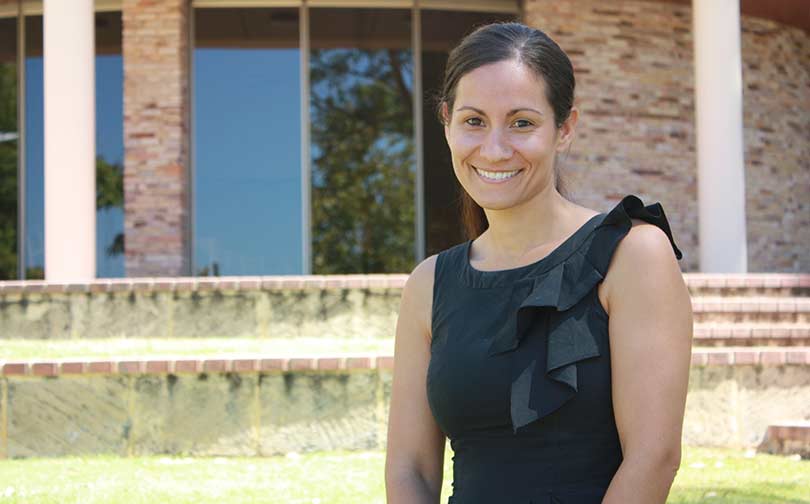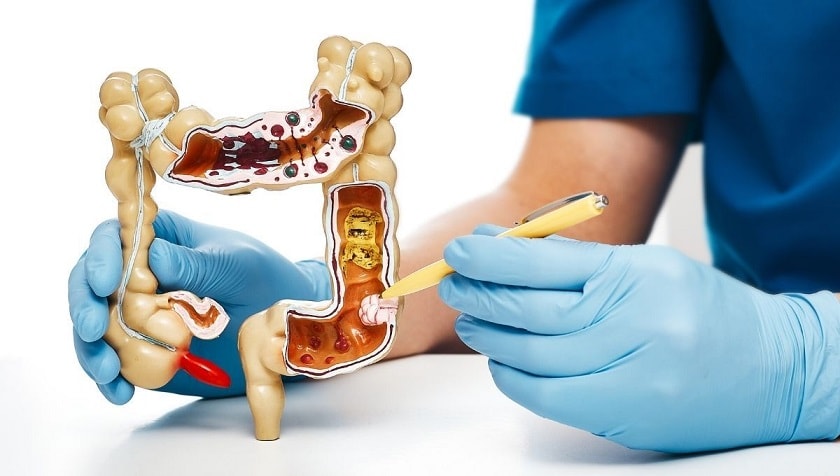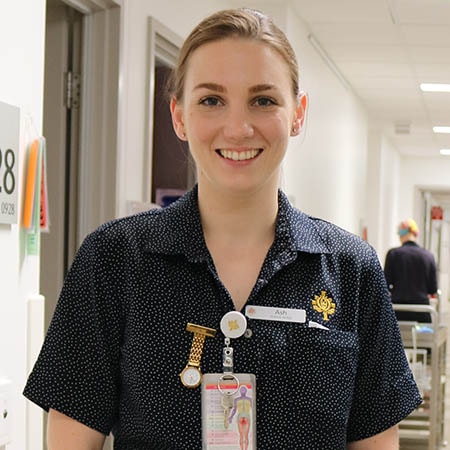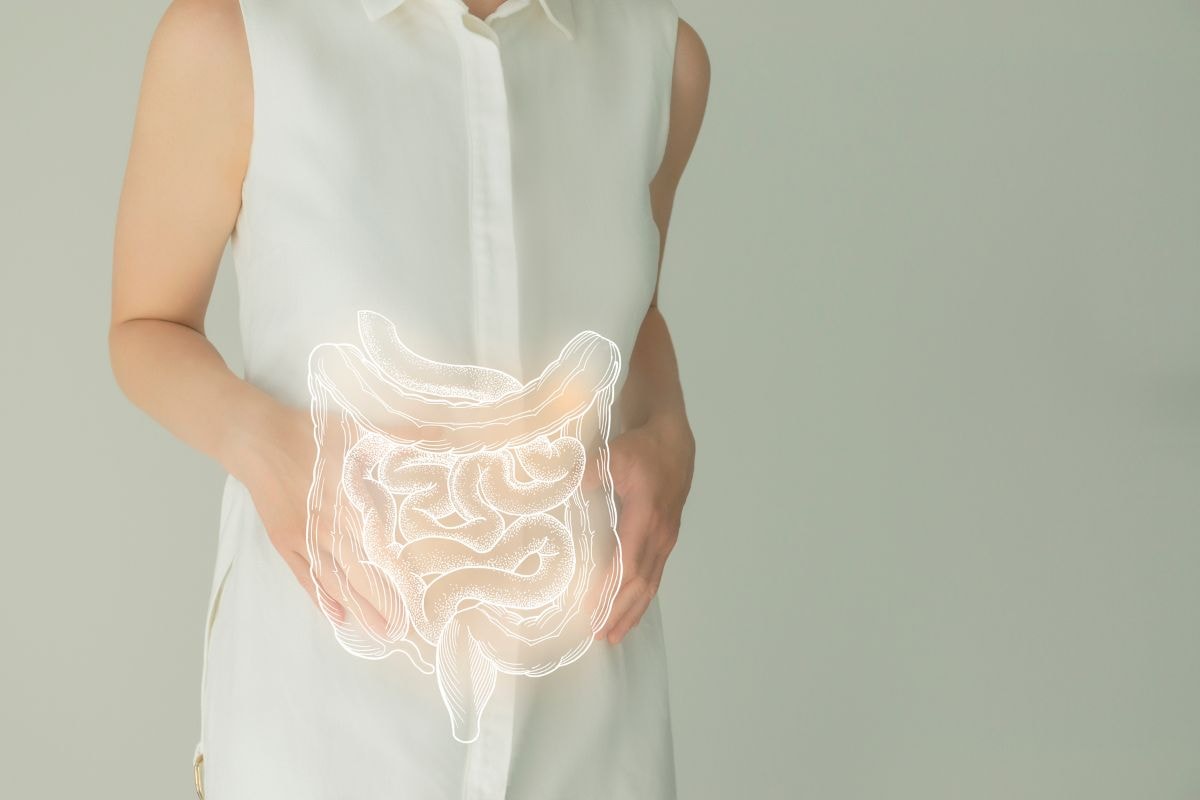Good food hygiene practices
To help prevent infection, it is important to follow some basic rules about safety, storing, cooking and handling foods.When buying food:
- Avoid foods that are past their ‘best before date’ or ‘use by’ date
- Avoid damaged cans and torn packages
- Plan your shopping trip so perishable foods are purchased last, place them in a refrigerator or freezer as soon as possible
When preparing and reheating food:
- Thoroughly wash and dry your hands before preparing food
- Thoroughly wash and dry knives, cutting boards and kitchen appliances
- Thoroughly wash and dry raw fruit and vegetables before eating or juicing
- Use separate cutting boards and knives for each type of food e.g. raw meats/seafood/poultry, raw fruits and vegetables, cooked foods
- Thoroughly cook all raw meat, chicken and fish
- Reheat food until it is steaming hot
- Thaw ready –to- eat frozen food in the refrigerator or microwave (not at room temperature)
- Hot food should be kept above 700C and cold food below 50C
- Reheat left overs to above 700C for over 2 minutes
- Ready to eat and take away foods should be steaming hot
When storing food:
- Put left over food in the refrigerator after the steam has gone. Do not leave them to cool on the bench or stove top
- Keep stored foods covered
- Store raw meat separately from cooked and ready-to-eat food in the refrigerator. Store it below other foods so that there is no chance it will drip onto other foods
- Store raw meat separately from cooked and ready-to-eat food in the refrigerator. Store it below other foods so that there is no chance it will drip onto other foods
You can find out more on the Cancer Council website.

